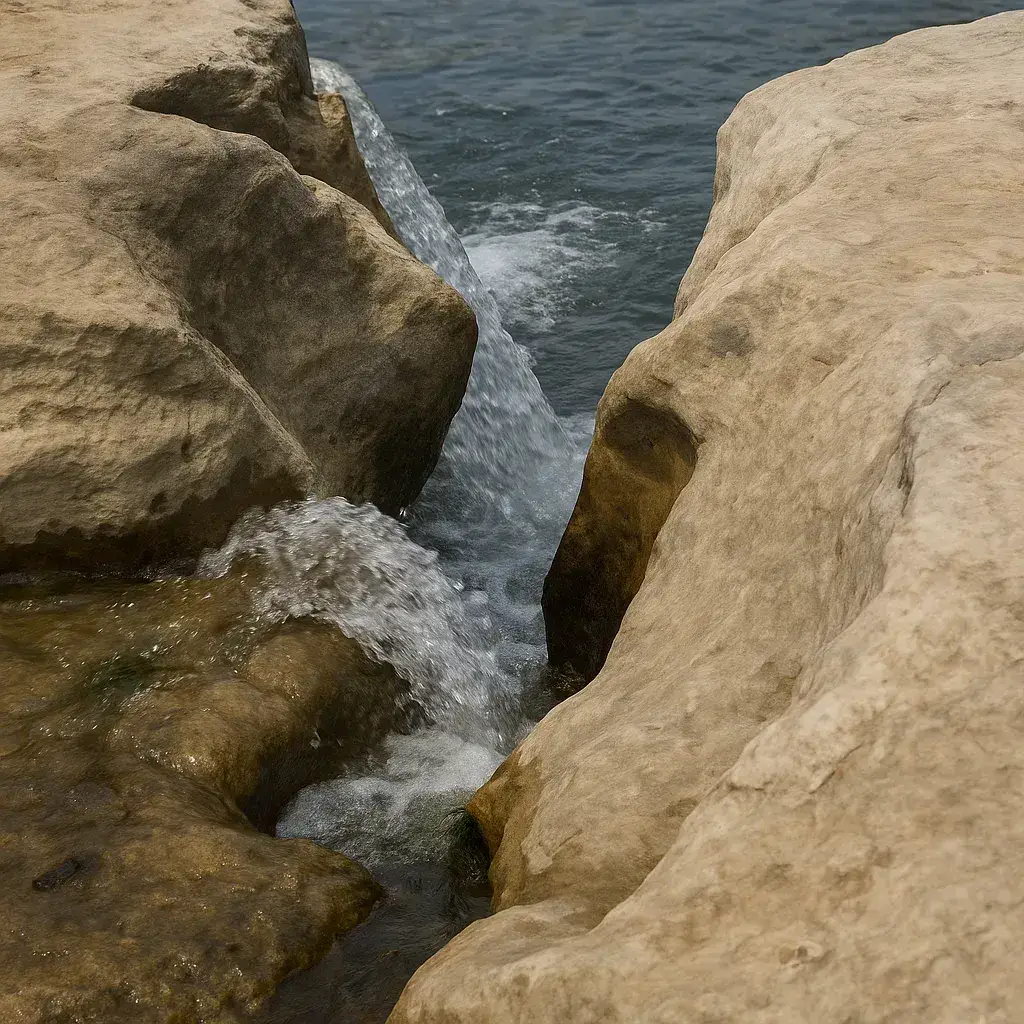Academy
Understanding Childhood Complex Trauma
Most people don’t realize they’ve been affected by trauma. They think, “I wasn’t abused. Nothing horrible happened to me. I had a roof over my head, food on the table. My childhood wasn’t perfect, but whose was?”
But trauma isn’t just about what happened to you—it’s also about what didn’t.
It’s about the safety you didn’t have. The love and stability that weren’t there. The times you needed comfort but got silence. The times you were overwhelmed but had to handle it alone. It’s about growing up in an environment that forced you to be small, tough, perfect, or invisible just to get through the day.
And here’s the thing: your body doesn’t just forget that. It adapts.
The Trauma That Hides in Plain Sight
When we talk about childhood trauma, most people think of the obvious—abuse, violence, neglect. And yes, those are deeply traumatic. But there’s another kind of trauma that flies under the radar.
It’s the covert trauma. The subtle but relentless stress of growing up in an unstable or emotionally unavailable household. The unspoken rules that told you to suppress your feelings, never ask for help, or always put others first. The pressure to be the responsible one, the strong one, the easy one.
And then there’s insidious trauma—the kind that’s so normalized, you don’t even recognize it as trauma. Maybe your parents were emotionally immature, checked out, or too wrapped up in their own struggles to truly see you. Maybe love felt conditional—based on your achievements, obedience, or ability to avoid rocking the boat. Maybe your family seemed fine on the outside, but inside, there was a constant undercurrent of stress, judgment, or unpredictability.
This kind of trauma doesn’t leave obvious scars, but it shapes you. It wires your nervous system to be on high alert. It teaches you that your needs don’t matter. It makes you second-guess yourself, over-function in relationships, or shut down completely. It leaves you struggling with exhaustion, anxiety, chronic pain, or feeling like something inside you is missing.
How Trauma Stays in the Body
Trauma isn’t just a memory. It’s a pattern—a way your nervous system learned to survive. If you grew up in a stressful or emotionally unsafe environment, your body adapted by shifting into survival mode:
- Fight – Always bracing for conflict, snapping into anger or defensiveness to protect yourself.
- Flight – Perfectionism, overworking, constantly staying busy to outrun the discomfort.
- Freeze – Numbness, procrastination, dissociation—your body’s way of shutting down to avoid overwhelm.
- Fawn – People-pleasing, putting others first, keeping the peace at your own expense.
These aren’t just psychological habits—they’re physiological states. Your nervous system got stuck in survival mode. And if that pattern never got interrupted, it’s probably still running your life.
The Long-Term Effects of Childhood Trauma
You don’t just “grow out of” childhood trauma. It follows you into adulthood in ways that might not seem connected at first. Studies on adverse childhood experiences (ACEs) have found that early stress dramatically increases the risk of:
- Chronic health issues (digestive problems, autoimmune conditions, chronic pain).
- Anxiety, depression, and emotional dysregulation.
- Relationship struggles (trust issues, fear of intimacy, toxic dynamics).
- Addictions, compulsive behaviors, or self-sabotage.
- A deep, lingering sense of emptiness or not feeling at home in yourself.
This isn’t random. It’s not because you’re weak, broken, or incapable. Your body, your mind, your emotions—they’re still adapting to a reality that no longer exists.
Understanding Is the First Step
Healing starts with recognizing that your struggles make sense. They aren’t personal failings. They aren’t proof that you’re defective. They are evidence of what you survived.
When you can start seeing the connection between your past and your present—when you stop blaming yourself for the ways you learned to cope—things start to shift. Because if trauma is learned, that means healing can be learned too.
That’s what this site is about. Understanding what shaped you. Untangling the survival patterns that no longer serve you. And finding ways to rebuild safety, balance, and connection—on your terms.
Where to Go from Here
If this resonates with you, here’s how to start unpacking it:
- Childhood Complex Trauma Basics – Get a clear understanding of what childhood trauma really is, beyond the obvious. Learn how it affects the nervous system, emotions, and long-term health.
- Causes of Childhood Complex Trauma – Explore both overt and hidden forms of trauma, from neglect and emotional absence to toxic family dynamics that leave lasting scars.
- Impacts of Childhood Complex Trauma – See how early experiences shape your health, behavior, relationships, and self-perception—sometimes in ways you’d never expect.
- Recovery & Awareness – Learn the foundational steps of healing, from breaking survival patterns to reconnecting with yourself in a way that feels safe and sustainable.
You’re not alone in this. And you don’t have to stay stuck. Healing isn’t about erasing the past—it’s about understanding how it shaped you and finding a new way forward.
Following is some content to get you started.





